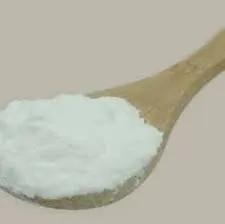

Colorants add aesthetic value and enhance product differentiation. Organic and inorganic pigments each offer distinct advantages; organic pigments provide vibrant colors with outstanding consistency, while inorganic pigments are prized for their excellent opacity and durability. Choosing the right colorant involves balancing color intensity, stability, and environmental impact. Processing aids and impact modifiers improve the manufacturability and toughness of plastics. They reduce melt viscosity, allowing easier processing and enhancing the end product's mechanical properties. Chlorinated polyethylene and acrylic impact modifiers exemplify how these additives can enhance the flexibility and impact resistance of rigid plastics like PVC, making them suitable for demanding applications such as window frames and automotive parts. While additives provide numerous benefits, concerns about their environmental impact and health implications are rising. Manufacturers are increasingly adopting a lifecycle approach, assessing the ecological footprint of additives from production to disposal. This shift is driving the development of biodegradable and less toxic alternatives, a crucial stride toward more sustainable plastic production. In conclusion, the choice of plastic additives depends on the desired properties, cost considerations, and regulatory requirements. Staying informed about the latest developments in additive technology and legislation helps manufacturers make better decisions, contributing to safer, more efficient, and environmentally friendly plastic products. As industry trends lean more towards sustainability, the move towards biodegradable and non-toxic additives is not just a regulatory requirement but an ethical imperative, promising a more sustainable future in plastic production.
Next:

